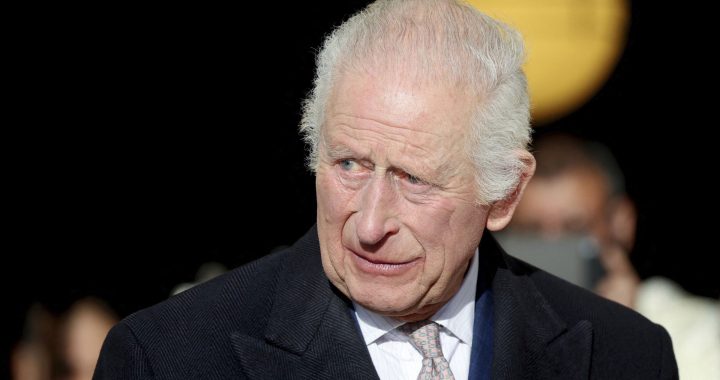Canada’s housing advocate says a staggering number of Indigenous people are part of the country’s growing homeless population.
“Manitoba reported that in Winnipeg in 2018 two-thirds of people experiencing homelessness were Indigenous and that number climbs to 94 per cent in Thompson,” Marie-Josée Houle told Nation to Nation. “In Saskatoon an estimated 90 per cent of people experiencing homelessness are Indigenous.
“In Edmonton, it is 60 per cent and in Prince George, it’s 80 per cent. So, there’s a huge disproportionate representation of Indigenous folks experiencing homelessness in Canada.”
Houle released a new report on tent encampments across Canada this week with recommendations on how the government may tackle the problem.
She has asked the Trudeau government for a response plan by Aug. 31.
The Federal Housing Advocate began working on a review of tent encampments in February of last year and talked to a number of Indigenous groups as part of her study.
Houle said one theme she heard over and over again is living spaces need be culturally appropriate.
“This means that people have the space in order to practice their culture,” she said. “If people are in more northern regions it’s about having space for their trap lines or fishing and hunting gear but it’s also being even able to smudge. Some places don’t allow people to light anything in their homes and they get evicted for it or they get threatened for it.
“It’s to have that Indigenous lens and to be able to properly provide the space for this.”
Chalk River project
Green Party co-leader Elizabeth May says the Canadian Nuclear Safety Commission did not meet its duty to consult obligations to First Nations prior to approving a nuclear waste disposal facility at Chalk River – about 180 km northwest of Ottawa.
“What the Canadian Nuclear Safety Commission did was assume they had a site and that was the site they were going to go with,” May said. “So, there wasn’t a preliminary consultation of where’s a better place. Where are we going to put this site? Wouldn’t we rather look at that before choosing a site and that’s it? Have the consultations open. Particularly about a site location with the sovereign Indigenous nations of the area.
“That step was skipped in their haste to get it approved.”
Public consultations on the proposed near surface disposal site began in 2016 and CSNC gave its approval earlier this year. The site is expected to hold contaminated waste including gloves and masks from the Chalk River laboratories located in Deep River, Ont.
The Kebaowek First Nation, on behalf of Algonquin Nations in the area opposed to the facility, has filed an application for a judicial review of the decision stating CSNC failed to secure “free, prior and informed consent” from First Nations prior to approval.
Supreme Court of Canada ruling
A Dalhousie University law professor says last week’s Supreme Court decision on Canada’s Indigenous child services law should be seen as a positive step forward.
“They definitely give a big green light to Parliament doing these types of things,” Naiomi Metallic, who teaches in the Schulich School of Law, said. “Working with First Nations in consultation to create legislation that can be a framework for self-government and national standards. I think that’s great.”
Quebec had launched a constitutional challenge against Bill C-92 stating it infringed upon the province’s jurisdiction but the court unanimously upheld the law.
Metallic said where some see the Supreme Court as not going far enough is that the decision recognizes Indigenous self-government under Section 24 of the legislation rather Section 35 of the Canadian Constitution which guarantees Indigenous rights.
However, she said it is not necessarily a bad thing Canada’s top court chose to restrict its decision to the legislation and this leaves the door open to future legal interpretations of where Section 35 fits into the law.
Metallic also said the court’s mention of the United Nations Declaration on the Rights of Indigenous Peoples (UNDRIP) and its application to Canada must be seen as a positive thing.












